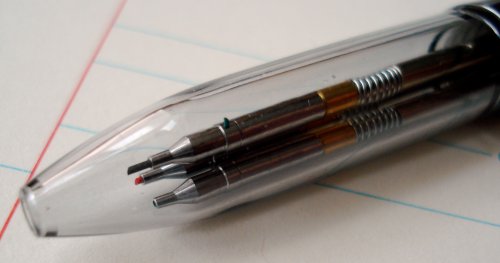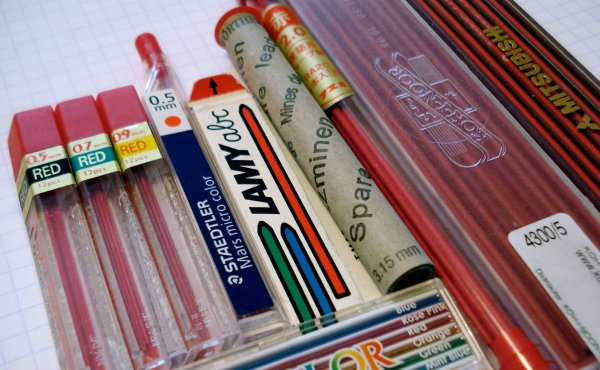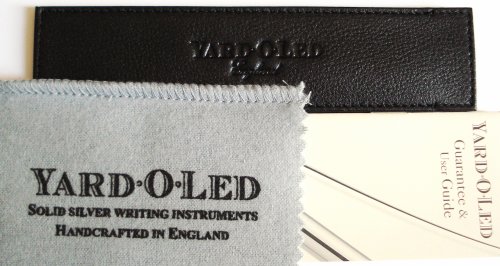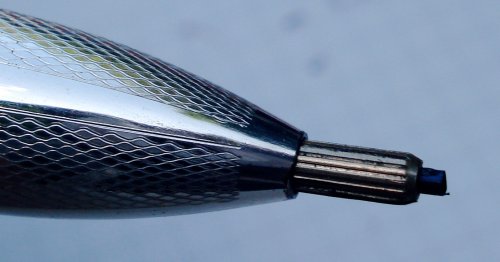
The Rotring 600 is a cult classic, a metal mechanical drafting pencil with legions of fans. The pencil (and a product line that includes a fountain pen) doesn’t seek to appeal to everyone, and focuses on a technical look rendered in heavyweight brass.

With a hexagonal body and round knurled grip, the pencils have a very solid, sturdy look and feel, with an engineering aesthetic.
The Rotring company was acquired in 1998, and is now but a brand in the Newell Rubbermaid conglomerate. Rotring once made staples of drafting and design, starting with the Tintenkuli, a needle-nosed fountain pen that we would today call a technical pen.
The official Rotring site shows the company’s historic highlights. There are so many that the 600 line doesn’t even get a mention!
The 600 series may arguably be most famous for the fountain pen – yet mechanical pencil users also delight in this drafting pencil.

There seem to be a few varieties around. The oldest versions have the body marked “rotring 600 / [lead diameter]”. Later versions are marked with just the lead diameter. There are also variants with a gold sleeve, and the non-drafting Newton 600 series. I am not aware of a complete taxonomy – if you know of one, please share.
Today, the 600 series pencils seem to be marketed only in Japan. I am not sure of the status of the other writing implements.
More than one source says Parker (itself also now a Newell Rubbermaid brand) is the manufacturer.
I have two 0.7mm pencils, one recently purchased (2008) from Japan, and one from about 2000 from a US vendor. They have some minor differences.

The packaging has certainly shrunk over time – the new pencil has a small cardboard box and Japanese language instructions. The older packaging has a cardboard box containing a plastic display, and instructions in English and French. Both boxes mention the same Hamburg address.
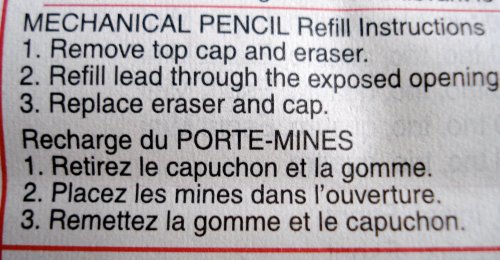

Internally, the newer pencil has a metal casing around the lead tube. On a scale, it outweighs the older pencil 22.7 to 21.7 grams. That’s the only difference of note that I could find.

A more subtle variation that may interest some, is that the older pencil’s clip is marked “Japan”.

So what’s so special? It isn’t the the only metal pencil, or the heaviest, or the most extremely technical in appearance. Comparing it side by side with some other well regarded pencils, what I notice is that it is the slimmest – at a similar weight to larger pencils, it keeps traditional proportions. It is definitely the most dense and solid feeling pencil, and subjectively seems to be the best made. There is nothing wrong with the products from Staedtler and Ohto, and I may prefer their round shape. But they just don’t have the Rotring’s solid feel. I’ve picked up several thin lead drafting style pencils over the last couple of years (probably due to certain online influences :-), and I’m thinking the money would have been better spent on higher quality, though fewer, pencils such as the Rotring 600.
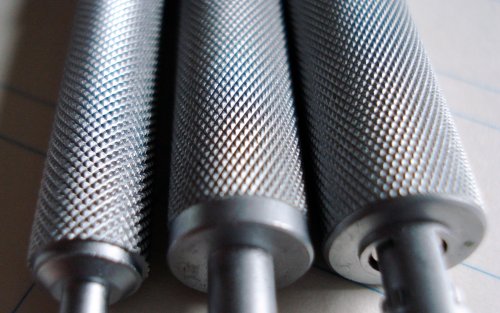
If you’re curious about the thin lead drafting style of mechanical pencil, you could do far worse than trying a classic such as the Rotring 600.











